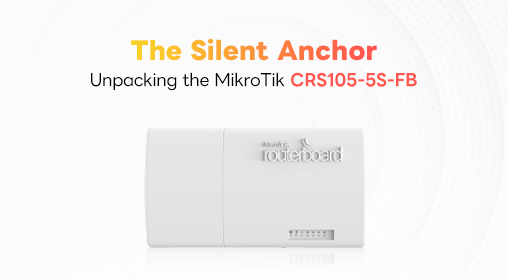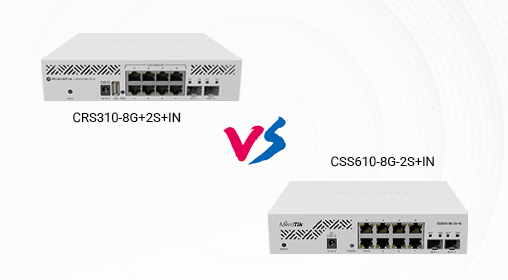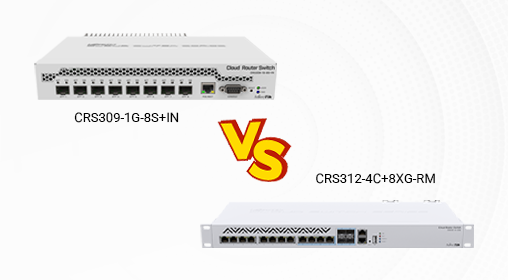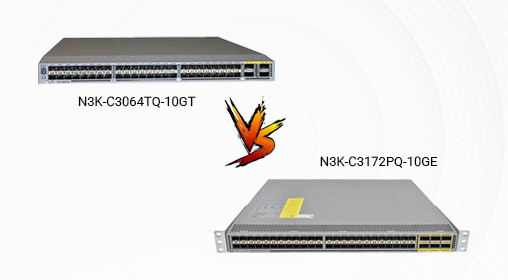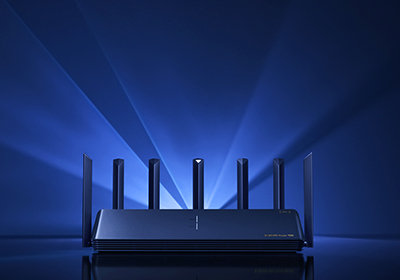














MikroTik CRS326 vs. CRS520: Choosing Your Network's Cornerstone
Picking between MikroTik's CRS326-24G-2S+RM and the CRS520-4XS-16XQ-RM isn't just about comparing specs; it's about choosing the right foundation for your network. One is a versatile, compact workhorse perfect for getting a lot done without a fuss, while the other is a high-speed powerhouse built for data-heavy environments. Let's break down their differences in a way that helps you see which one fits your world.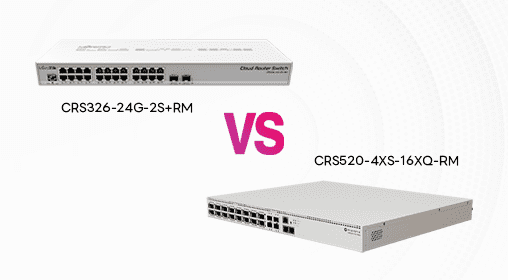
The most striking difference is in their core purpose, which is immediately obvious from their ports. The CRS326 is your go-to for Gigabit connectivity, offering 24 x 1GbE RJ45 ports and 2 x 10G SFP+ cages for uplinks. It's designed to connect many devices at standard speeds efficiently. The CRS520, in contrast, is built for sheer speed and density. It boasts an impressive 16 x 100G QSFP28 ports and 4 x 25G SFP28 ports, aimed squarely at data center cores, high-performance computing, or aggregating multiple 10G/25G links.
Under the hood, this port difference translates to a massive gap in capability. The CRS326 features a switching capacity of 52 Gbps, which is ample for its Gigabit port layout. The CRS520, however, is in another league, built on a more powerful platform with a switching capacity of 3.2 Tbps to handle the potential of all those 100G ports running at line rate. Here’s a quick look at their core parameters:
|
Feature |
CRS326-24G-2S+RM |
CRS520-4XS-16XQ-RM |
|---|---|---|
|
Form Factor |
1U, Compact |
1U, Standard |
|
Total Ports |
26 |
20 |
|
Port Types |
24 x 1G RJ45, 2 x 10G SFP+ |
16 x 100G QSFP28, 4 x 25G SFP28 |
|
Switching Capacity |
52 Gbps |
3.2 Tbps
|
|
Power Supply |
Fixed internal |
Dual, hot-swappable
|
|
Cooling |
Fixed fans |
4x hot-swappable fans
|
Physically, both are 1U rackmount switches, but their build quality hints at their target environments. The CRS326 is compact and straightforward, designed for office wiring closets or small server racks. The CRS520 feels more robust, featuring critical redundancy features like dual, hot-swappable power supplies and four hot-swappable fans, which are essential for mission-critical, high-availability deployments where downtime is not an option.
When it comes to features, both run MikroTik's powerful RouterOS, giving you access to a vast array of networking functions. However, the CRS520 is equipped to handle more advanced workloads. It supports features like RDMA (Remote Direct Memory Access), which is crucial for low-latency applications, and its newer chipset supports better buffer management to prevent packet loss during traffic bursts. A key functional advantage of the CRS520 is its support for port breakout. This means a single 100G QSFP28 port can be split into four independent 25G connections, offering incredible flexibility in how you cable your network.
From a user experience perspective, the choice is clear-cut. The CRS326 is often praised for being a "set it and forget it" device. It's relatively quiet, energy-efficient, and perfect for a small business or a home lab where simplicity and low noise are important. The CRS520, however, is a different beast. Its fans are notably louder, making it unsuitable for quiet offices, and its power consumption is higher. It's built for network engineers who need to manage a high-speed fabric. Be aware that the CRS520 has a boot-time dependency; if your server boots faster than the switch initializes, you may need to configure a delay in your server's BIOS for a stable connection.
In terms of value, the CRS326 offers fantastic cost-effectiveness for general-purpose networking, providing high port density for Gigabit devices with room for 10G uplinks. The value of the CRS520 comes from its unparalleled 100G port density at a price point that's hard to beat from other vendors. For organizations that truly need that level of speed and scalability, it represents a significant long-term investment.
So, which one should you choose? Here’s a straightforward breakdown of their pros and cons.
CRS326-24G-2S+RM: The Pros
High Value for Gigabit Networks: Excellent port count for connecting numerous 1G devices.
Compact and Quiet: Fits easily into most racks and operates quietly.
Simplicity: Easy to set up and manage for standard switching needs.
CRS326-24G-2S+RM: The Cons
Limited High-Speed Ports: Only two 10G uplinks may be a bottleneck in speed-intensive setups.
Less Redundant: Lacks hot-swappable power supplies and fans.
CRS520-4XS-16XQ-RM: The Pros
Massive Speed and Density: Sixteen 100G ports offer incredible bandwidth for core networking.
Advanced Features: Supports RDMA and sophisticated buffer management for performance-critical applications.
High Availability: Redundant, hot-swappable components maximize uptime.
CRS520-4XS-16XQ-RM: The Cons
Loud Operation: The cooling fans are designed for data centers, not quiet offices.
Boot-Time Consideration: Requires attention to boot sequence with connected servers for reliable operation.
Higher Power Draw: Consumes more electricity than the CRS326.
In the end, if your needs revolve around connecting computers, printers, and IP phones in a office or small business, the CRS326 is the practical and economical champion. But if you're building a network backbone for a data center, a research cluster, or any environment where 100G speed is non-negotiable, the CRS520 is the undisputed powerhouse, despite its operational quirks. Your network's demands will make the right choice clear.
